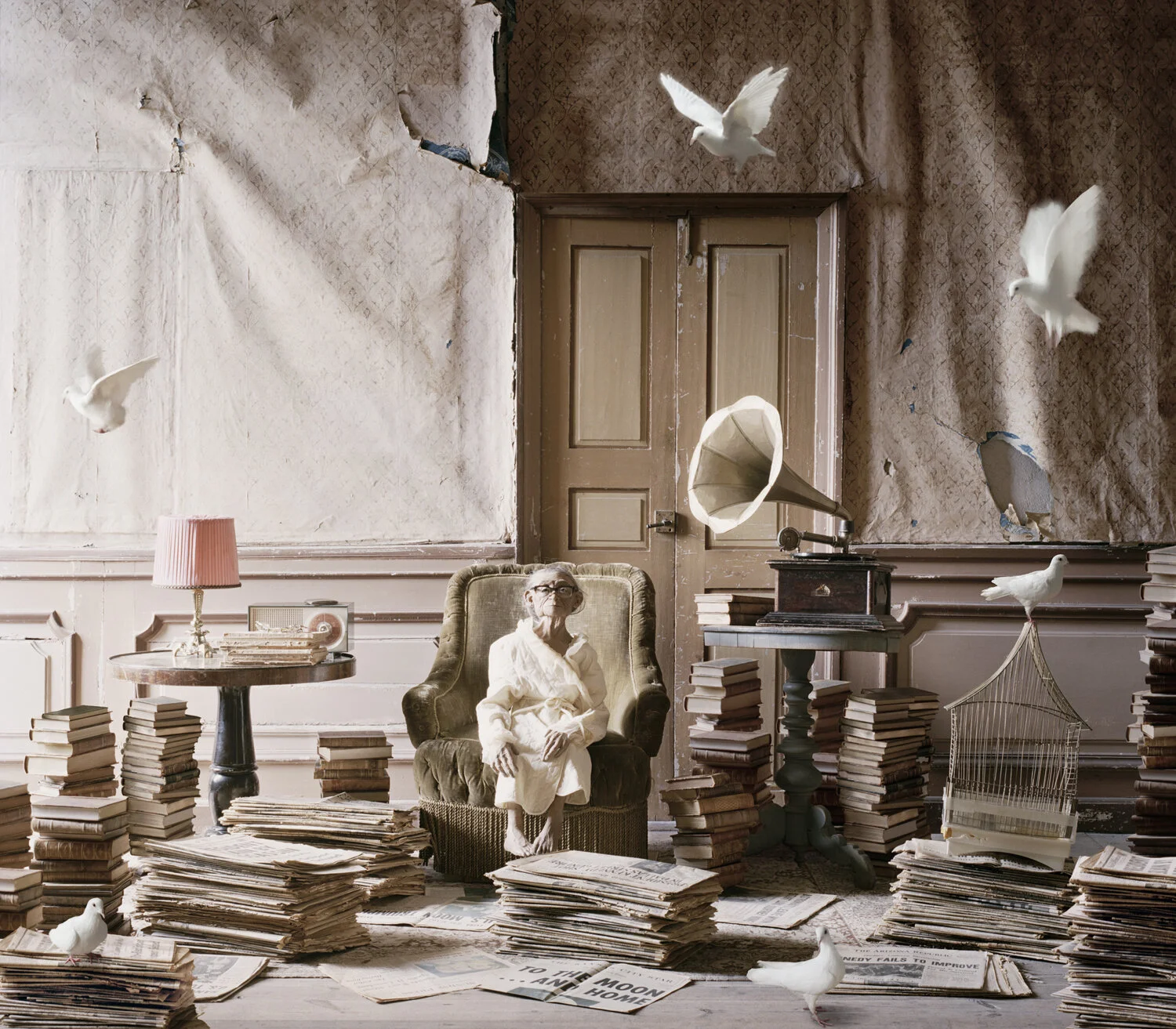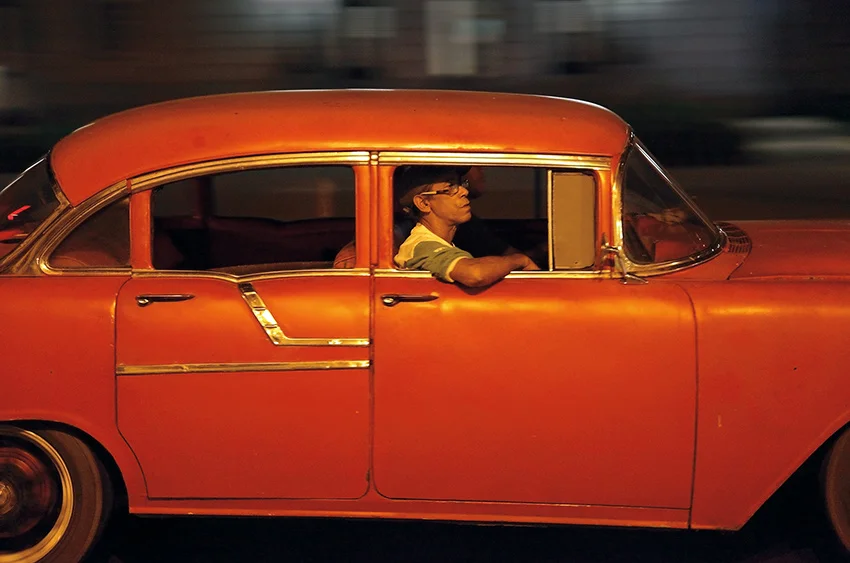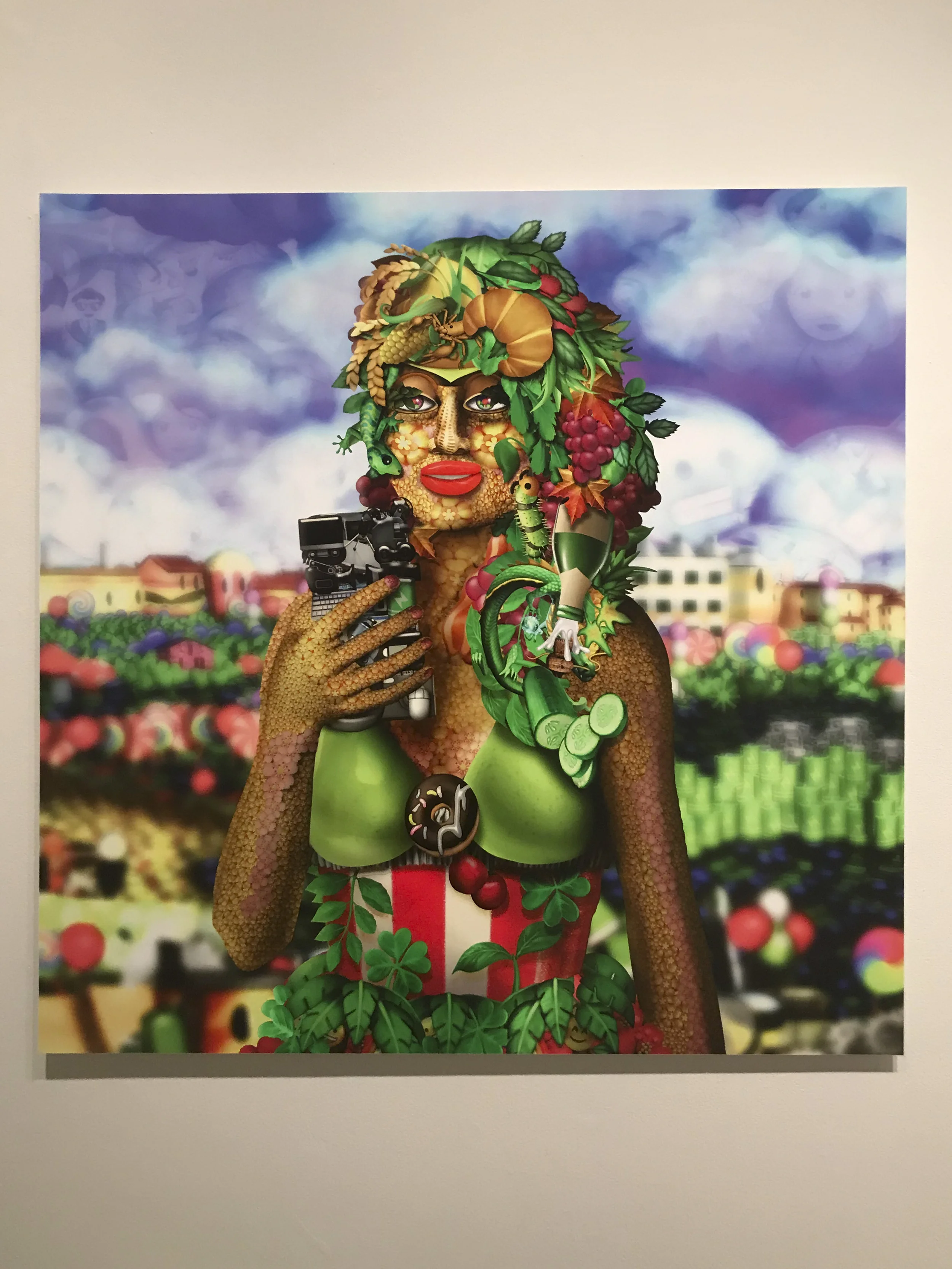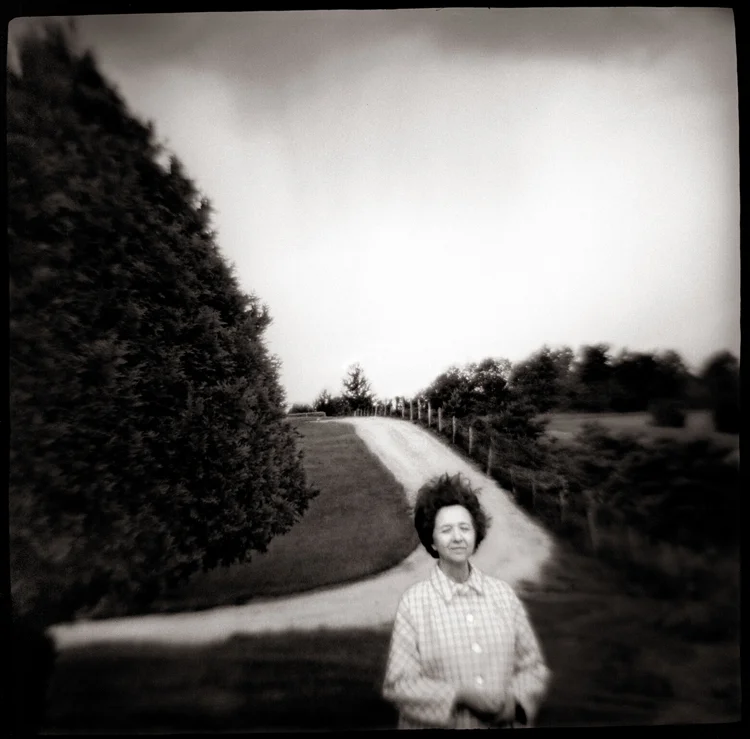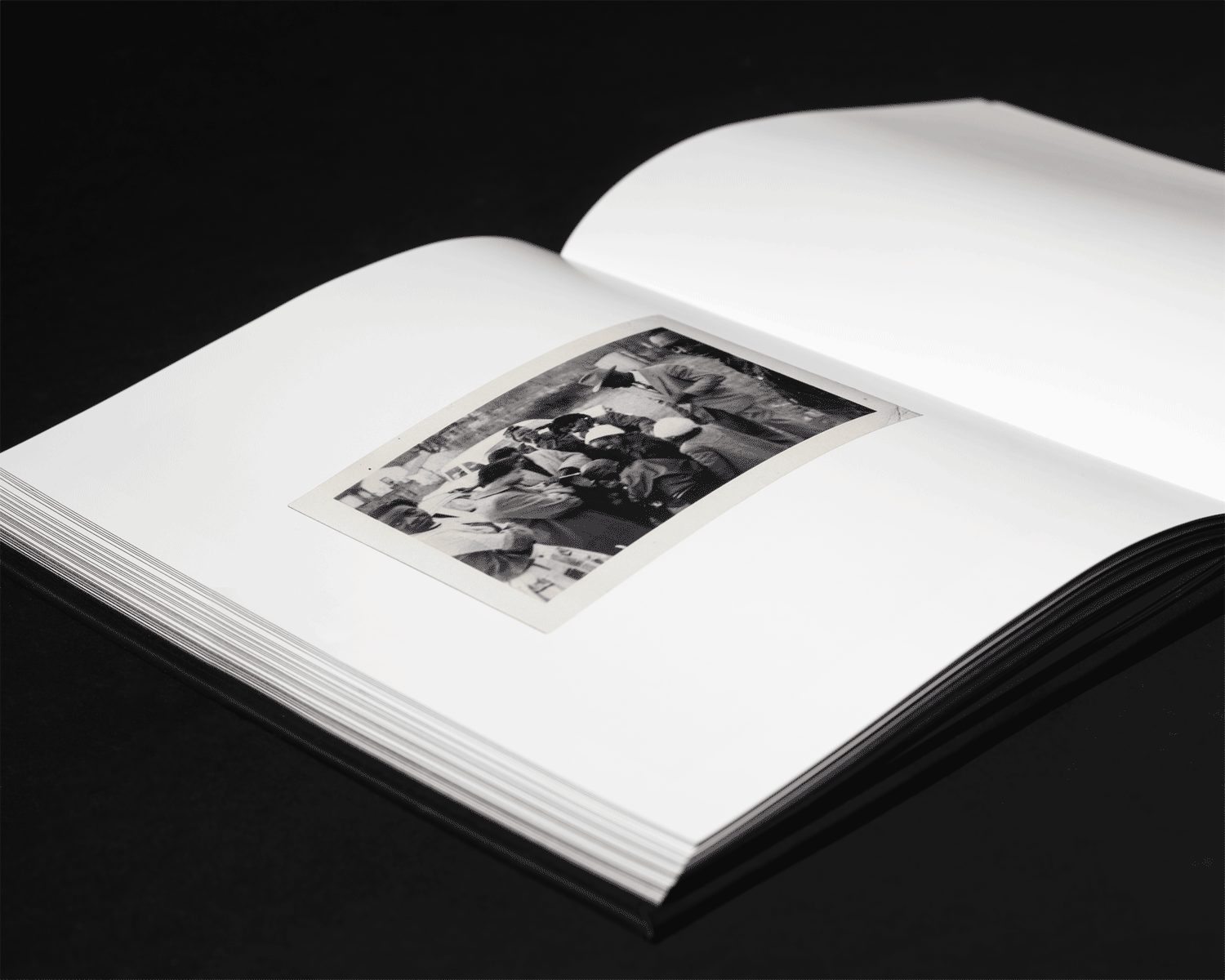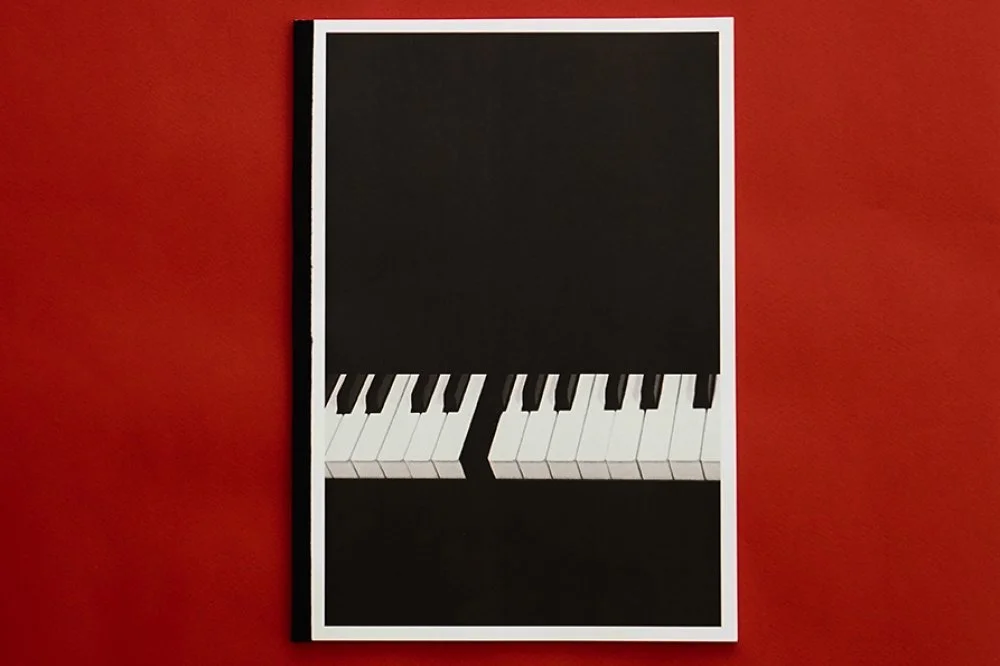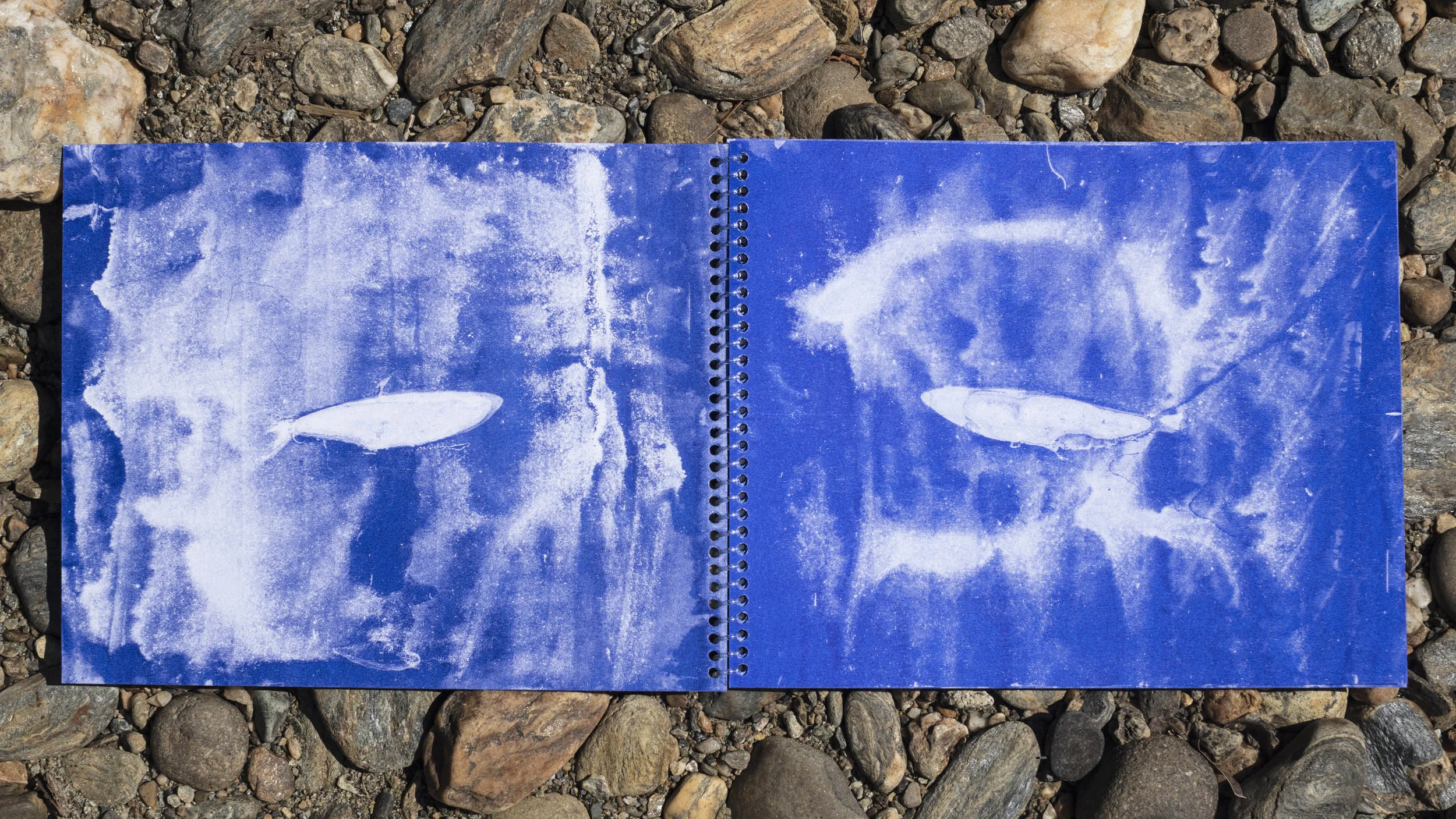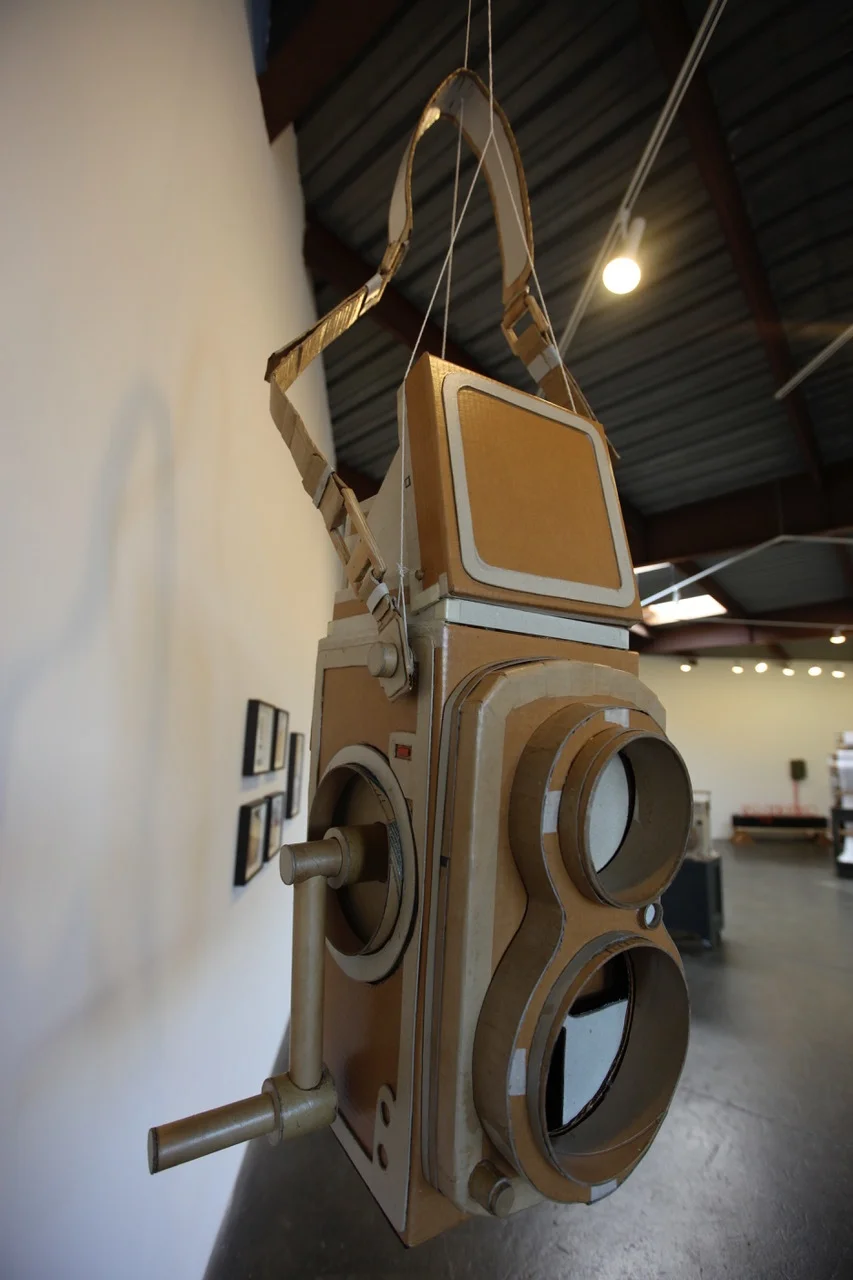“I never want to see another picture of ________.” Industry veterans share their pet peeves on themes in contemporary photography. In this series they present their “rule” along with five photographs that break the rule in an effort to show that great work is the exception to the rule.
Rule Setter: W.G. Beecher, DTP Editor
Rule Breaker: William Farges
I never want to see another photo-shopped mirroring effect. I have nothing against the clever use of mirrors themselves, but rather the post-production effect that reflects half the image onto itself. Mirroring presents a fun way to make strange faces and disorient otherwise recognizable objects, but it often fails to be taken seriously. Aside from the naturally striking qualities of perfect symmetry, mirrored images often present little more than simple abstractions. Symmetry of lines and color are not enough to sustain my interest.
William Farges presents something more in his series White Line. Farges uses the mirror technique with segments of the human bodies to form bizarre fleshy forms. The human body is essentially symmetrical, and Farges plays on that idea, yet the work succeeds because he transforms the human body without obliterating it. It’s flesh, sure, but it’s also sculptural, with soft curves and unity of form.
Where most images that use mirroring destroy the sense of space in the image, White Line places these forms on a pedestal before a bare wall, inviting us to investigate the distorted body as an object rather than an abstraction. This allows the disorientation to arise strictly from the semi-human form created by the diptych. Farges goes beyond the effect itself in another way as well: some of the diptychs are not true mirrors. Combining two separate photographs into the same image, demarcated by the white line, Farges challenges the idea of true symmetry and its role in nature. By making a new form from the posed human body, Farges invites us to examine its curves, folds, and hair as recognizable parts of an alien something else, and not as the human form itself.
—W.G. Beecher










































